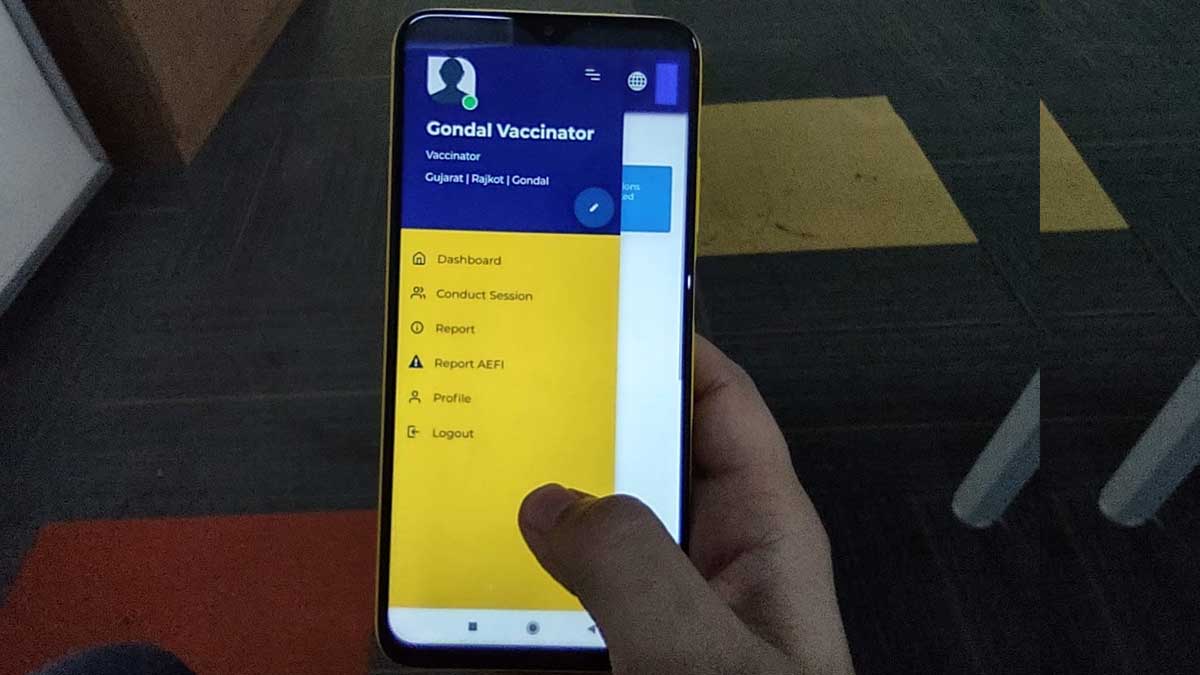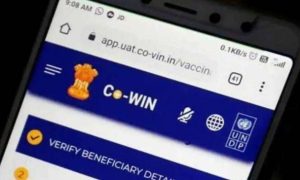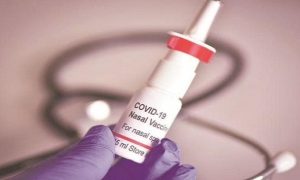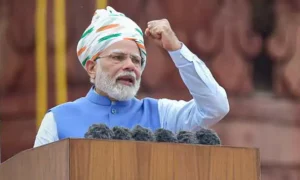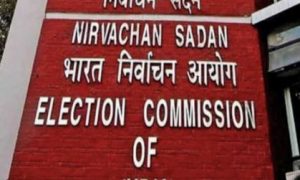According to a statement by the ministry, these decisions were announced at the 26th meeting of the high-level Group of Ministers (GoM) on COVID-19, chaired by Health Minister Harsh Vardhan, on Monday.
New Delhi:
The CoWIN portal will be made available in Hindi and 14 regional languages by next week, while 17 more laboratories will be added to the INSACOG network to monitor the variants of COVID-19, the health ministry said on Monday.
According to a statement by the ministry, these decisions were announced at the 26th meeting of the high-level Group of Ministers (GoM) on COVID-19, chaired by Health Minister Harsh Vardhan, on Monday.
Mr Vardhan informed his colleagues that 17 new laboratories are going to be added to the INSACOG network to increase the number of samples screened and allow for more spatial analysis, the ministry said.
The network is presently served by 10 laboratories located at different corners of the country.
Speaking on their contribution to the country’s achievements today, Mr Vardhan said, “India’s new COVID-19 cases have dropped to less than three lakh for the first time after 26 days. Also, a net decline of 1,01,461 cases has been recorded in the active caseload in the last 24 hours.”
He lauded the efforts of defence scientists and the leadership of Defence Minister Rajnath Singh and Prime Minister Narendra Modi for launching the country”s first indigenous anti-COVID drug, 2-deoxy-D-glucose or 2-DG (developed by the DRDO in collaboration with the INMAS and the Hyderabad-based Dr Reddy’s Laboratories), the ministry said.
The research efforts for the drug started in April last year and ended recently, when the DCGI gave it the emergency-use approval (EUA). The minister informed the members that the drug can become a gamechanger in the country’s response to the pandemic as it reduces the dependence of patients on oxygen administration and has the potential of getting absorbed differentially and in a selected manner. In the COVID-infected cells, it inhibits virus synthesis and energy production for the process.
He noted that the Centre continues to help the states under a “whole of government” approach to tide over the pandemic. Over 4.22 crore N95 masks, 1.76 crore PPE kits, 52.64 lakh Remdesivir injections and 45,066 ventilators were distributed among the states and Union territories, according to the statement.
The Union health secretary apprised the meeting that the CoWIN platform is being made available in Hindi and 14 regional languages by next week.
Dr Sujeet K Singh, Director, NCDC, presented a detailed report on the mutations of SARS-CoV-2 and the Variants of Concern (VoCs) being reported in India. He showed figures related to the state-wise prevalence of VoCs like the B.1.1.7 and B.1.617. The B.1.1.7 lineage (UK variant) was found predominant in the samples collected in Punjab and Chandigarh between February and March, the statement said.
Dr Balaram Bhargava, Secretary, Health Research and DG, ICMR, made a presentation on the innovative changes in testing policy that would widen its scope of application and help in mass screening for COVID, particularly in peri-urban and rural settings, where the health infrastructure is relatively weak.
Deployment of mobile RT-PCR testing vans and amplification of RAT tests were presented as the way forward. While the present capacity is around 25 lakh (RTPCR 13 lakh, RAT 12 lakh), this is projected to exponentially increase to 45 lakh (RTPCR 18 lakh, RAT 27 lakh) under the new testing regimen.
Dr Sujeet K Singh, Director, NCDC, presented a detailed report on the mutations of SARS-CoV-2 and the Variants of Concern (VoCs) being reported in India. He showed figures related to the state-wise prevalence of VoCs like the B.1.1.7 and B.1.617. The B.1.1.7 lineage (UK variant) was found predominant in the samples collected in Punjab and Chandigarh between February and March, the statement said.
Dr Balaram Bhargava, Secretary, Health Research and DG, ICMR, made a presentation on the innovative changes in testing policy that would widen its scope of application and help in mass screening for COVID, particularly in peri-urban and rural settings, where the health infrastructure is relatively weak.
Deployment of mobile RT-PCR testing vans and amplification of RAT tests were presented as the way forward. While the present capacity is around 25 lakh (RTPCR 13 lakh, RAT 12 lakh), this is projected to exponentially increase to 45 lakh (RTPCR 18 lakh, RAT 27 lakh) under the new testing regimen.
The demand for Amphotericin-B, which is used in the treatment of mucormycosis, has also increased. Five suppliers have been identified and efforts are being made for an optimal allocation of the drug. The states were given one lakh vials from May 1-14, while avenues for import are being actively explored, the statement said.
The secretary (pharma) further emphasised that the states must make an equitable distribution among the government and the private hospitals and keep the public informed on availability and shop details, help prevent unnecessary stockpiling and ensure timely payments to the manufacturers.
Mr Vardhan expressed his appreciation to all COVID warriors who have remained steadfast in their duty during the pandemic, “without showing any signs of deprivation and fatigue”.
He was joined by Minister of External Affairs S Jaishankar, Minister of Civil Aviation Hardeep S Puri, Minister of State for Ports, Shipping and Waterways (I/C) and Chemical and Fertilisers Mansukh Mandaviya and Minister of State, Ministry of Home Affairs Nityanand Rai. Ashwini Kumar Choubey, Minister of State for Health, joined the meet digitally.

